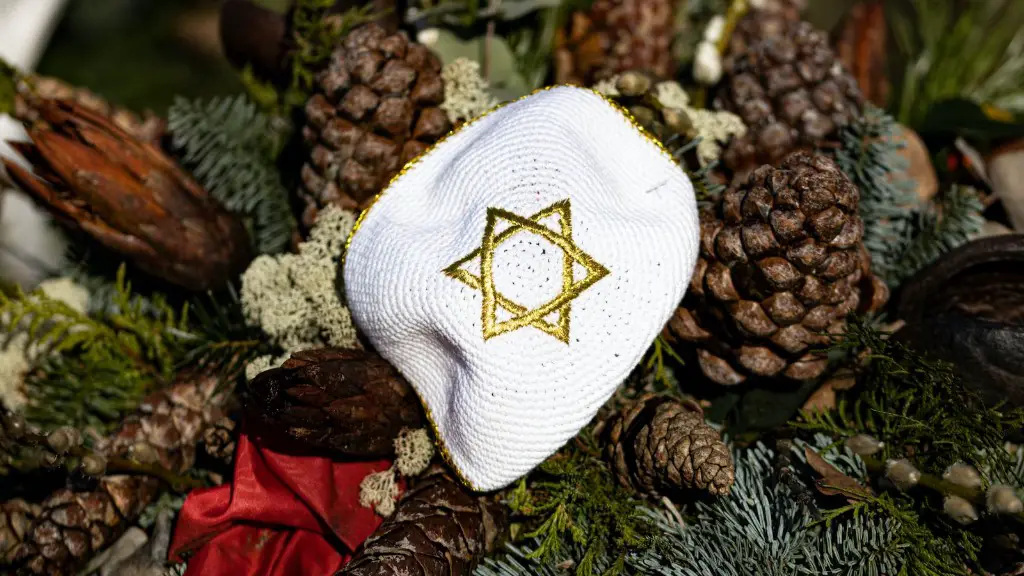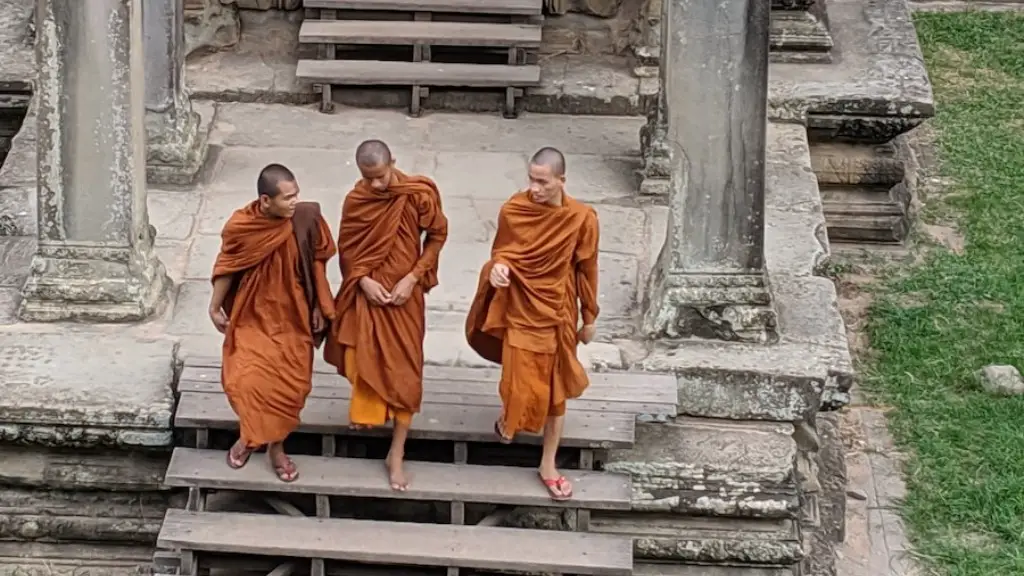Orthodox Christianity and Catholicism are two of the main branches of Christianity, both of whom share a common history and worship the same God. Though there is a vast amount of similarities between Orthodox Christianity and Catholicism, there are also significant differences that are extremely important.
The main difference between Orthodox Christianity and Catholicism is the concept of the papacy, or the belief that the pope is the Holy Father, God’s representative on Earth. Orthodox Christians do not believe that the pope has this special status; instead, they believe that the head of the church is Jesus Christ. Catholic Christians recognize the pope as the leader of the church and look to him for guidance.
There are other differences in the way the two churches worship. For example, Orthodox Christians tend to focus on more traditional practices, whereas Catholics have adapted more modern approaches. For example, Orthodox services often involve chanting and reading from the scriptures, while Catholic worship typically involves singing and prayer. The major difference is that Catholics believe in the concept of transubstantiation, which states that during the Eucharist, the bread and wine become the body and blood of Jesus Christ. This concept is rejected in Orthodox Christianity.
The two branches also differ on matters of theology, particularly when it comes to the doctrine of salvation. Catholicism views salvation as an act of grace from God, granted to those who have faith in him and his son, Jesus Christ. Orthodox Christianity, on the other hand, views salvation as something that is earned and that it comes through good works, behavior, and prayer.
Finally, the two branches of Christianity have different views on authority and tradition. Catholics follow church traditions more rigidly and look to the pope for guidance and doctrine, while Orthodox Christians stress the autonomy of each person and seek to interpret scripture and tradition more independently.
Orthodox Christianity and the Bible
Orthodox Christians and Catholics both use the same Bible, the Old and New Testaments, as the core of their belief system. However, Orthodox Christians use both the Septuagint and the Masoretic texts for the Old Testament, which are different translations of the text and contain some different words and phrases. Additionally, Orthodox churches use additional scriptures, primarily from the Early Christian period, that are not part of the Catholic tradition.
Orthodox Christianity also follows the ancient Seven Ecumenical Councils which were held between the 4th and 7th centuries and codified many of the teachings and practices of the church. These Ecumenical Councils are held as particularly authoritative by Orthodox Christians, but are not officially recognized by the Catholic Church.
Orthodox Christians view the Bible as a living document and seek to interpret it within the context of the life and teachings of the church. Though certain parts of the Bible, such as the Ten Commandments, are understood to be immutable, other parts are subject to interpretation. Orthodox Christianity thus often views certain passages differently than Catholicism and assigns different meanings to certain concepts.
Prayer and Worship
Orthodox Christianity and Catholicism also have different approaches to prayer and worship. Orthodox Christians primarily participate in liturgical worship, which includes following a specifically structured format that includes chanting, standing and other physical postures, and reading of scripture. This format and the focus on a more traditional worship style sets Orthodox Christianity apart from Catholicism, where more modern worship styles, such as congregational singing, are the norm.
Orthodox Christians also emphasize spiritual practices such as prayer and meditation on a daily basis, whereas Catholics focus more on formal worship services on a weekly basis. Orthodoxy teaches that prayer is an essential part of worship and that it is important to pray throughout the day. Orthodox Christians also view icons, or images of Jesus and the saints, as an important aide in prayer and meditation, and typically have many images in their churches.
Sacraments
Both Orthodox Christianity and Catholicism feature seven sacraments in their respective faith traditions. These sacraments, which are special events that are seen as Christ or his Church actively making its presence in the world, include baptism, confirmation, the Eucharist, confession, marriage, holy orders, and extreme unction.
The sacraments are administered differently by the two branches of Christianity, however. For example, while Catholics believe in the doctrine of transubstantiation, which holds that the bread and wine of the Eucharist become the literal body and blood of Jesus Christ, Orthodox Christians reject this notion and instead view it as a symbolic act that represents the presence of Jesus in the world.
Similarly, Catholic marriages are seen as a contract between two individuals, while Orthodox marriages are seen more as a sacrament that unites a couple with God. Finally, different levels of authority and discipline are involved in administering the sacraments between Catholicism and Orthodox Christianity. Catholic sacraments are administered and overseen by priests, while Orthodox services are conducted by bishops.
Liturgical Calendar
Another major difference between Orthodox Christianity and Catholicism is the way that they follow the liturgical calendar. The liturgical calendar, or the system of worship services and festivals throughout the year, is structured differently in the two branches of Christianity.
In Orthodox Christianity, the liturgical period is divided into major feasts and fasts that occur throughout the year. These major feasts include Pascha, or Easter, and the Nativity, or Christmas. Additionally, Orthodox Christians observe fasts, or periods of abstaining from certain foods, during Lent and other holy days.
Catholicism follows a different approach to the liturgical calendar and keeps three separate seasons, Advent, Lent, and Easter. As a result, Catholics celebrate Christmas and Easter a few weeks apart from the Orthodox dates.
Iconography
Iconography is an important practice in Orthodox Christianity, but is less frequently seen in the Catholic religion. Icons, which are images of Jesus and the saints, are used by Orthodox Christians to aid in prayer, meditation, and worship. The presence of icons in Orthodox churches creates a distinct atmosphere, which is often seen as mysterious or mystical.
Some Orthodox Christians see icons as sacred objects with divine power that can protect a congregation, or even a whole nation. On the other hand, Catholic Christians see icons as a reminder of Jesus and the saints, not as objects with any kind of power.
Both branches of Christianity appreciate the beauty and symbolism of icons, though the purpose and meaning assigned to them can vary significantly.
Conclusion
Overall, Orthodox Christianity and Catholicism are two branches of Christianity with a common history and many similarities, yet they also feature significant differences in their beliefs, practices, and doctrines. Absolutely essential to understanding the differences between the two is the belief in the papacy, with Orthodox Christians rejecting this concept, as well as their approaches to the Bible, prayer and worship, the sacraments, and the liturgical calendar. Finally, iconography is also a major area of distinction between the two branches of Christianity.

